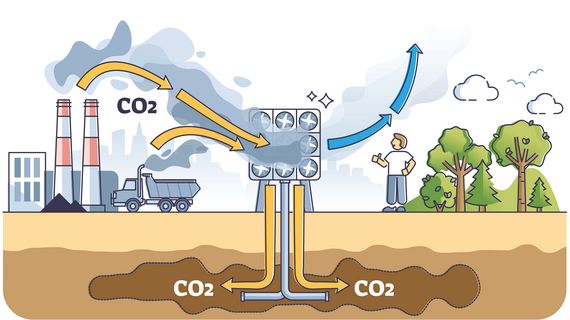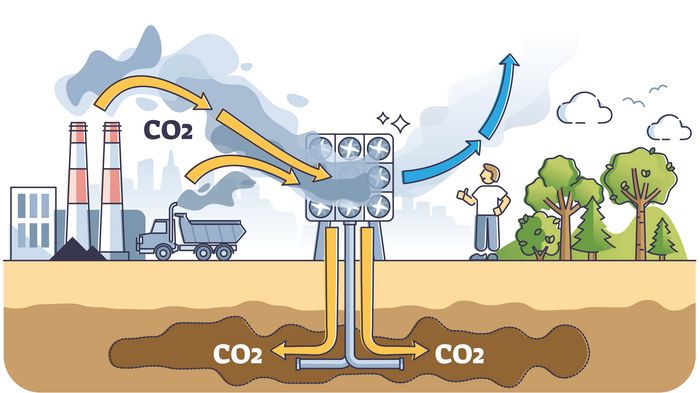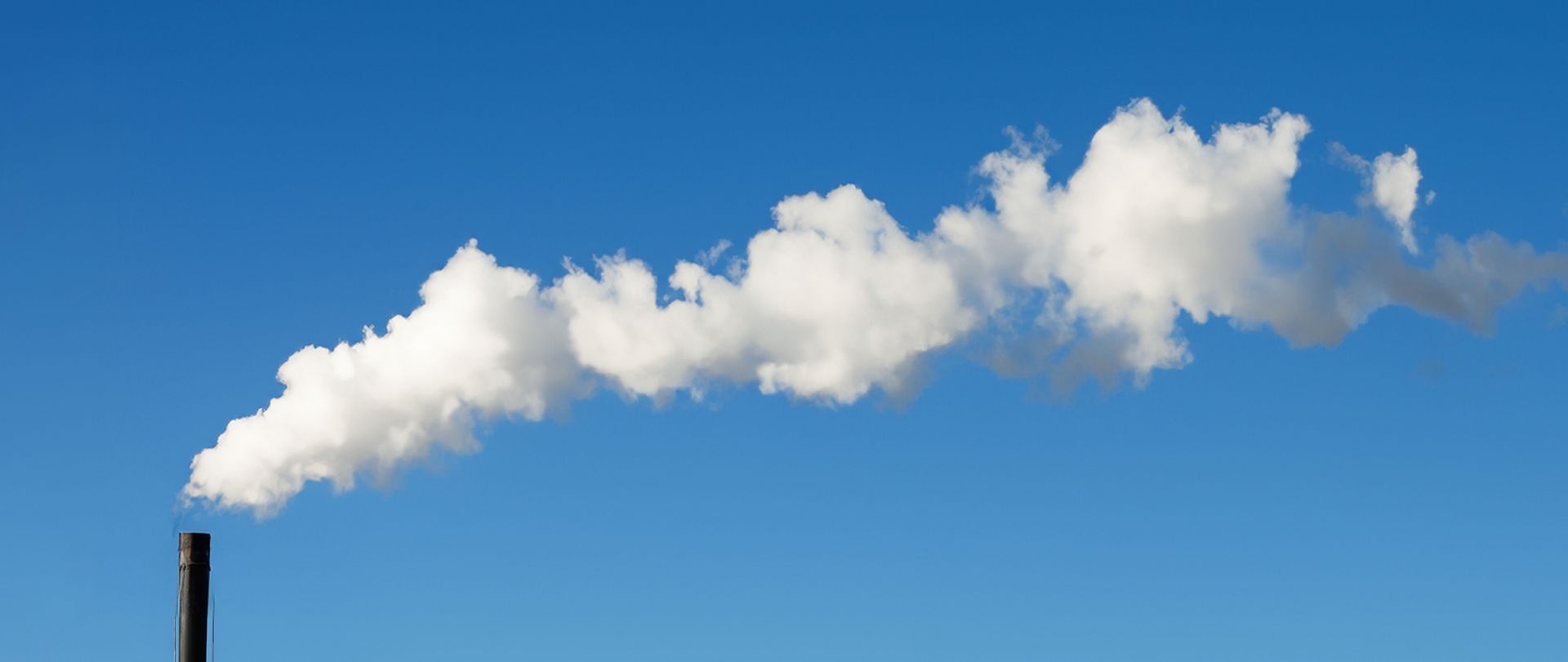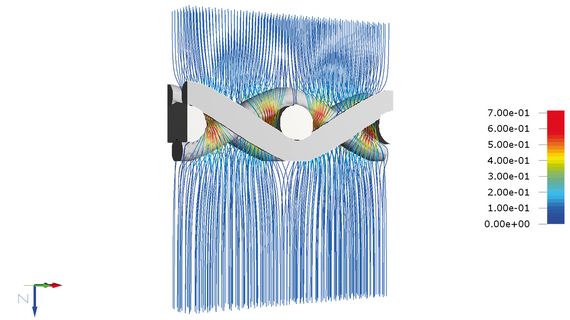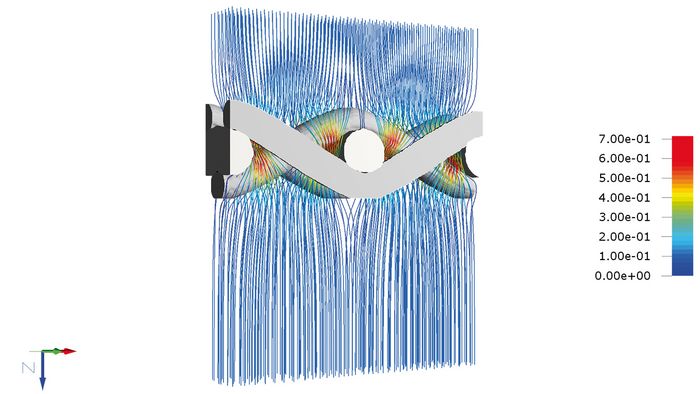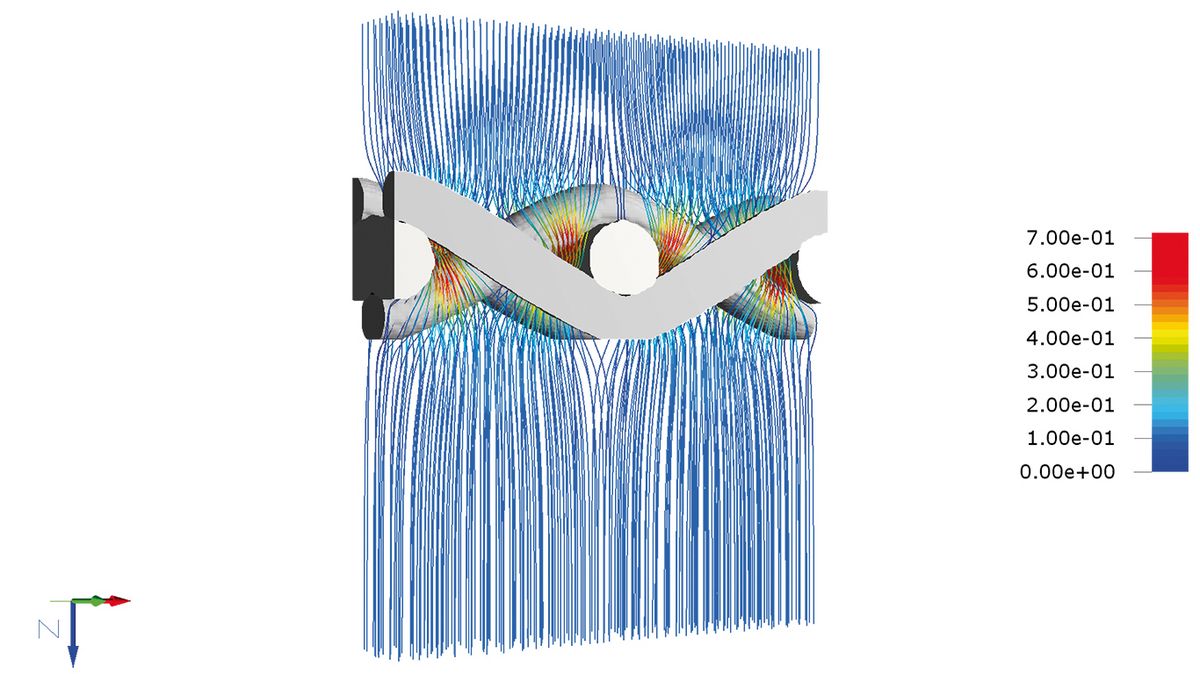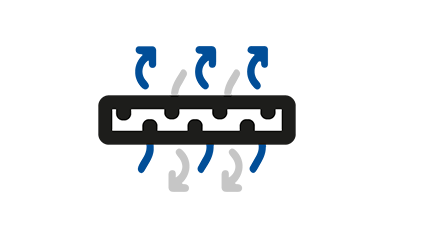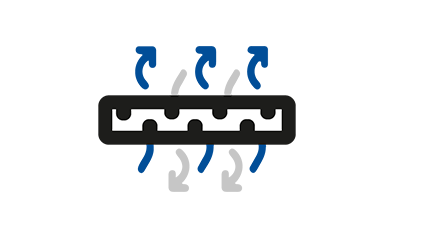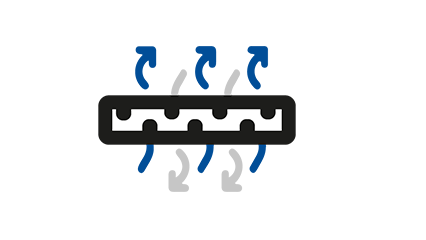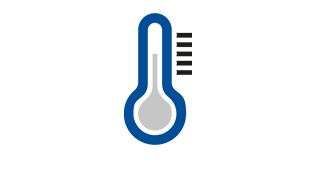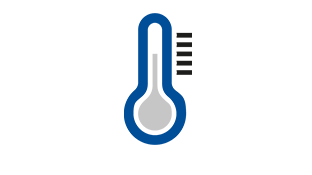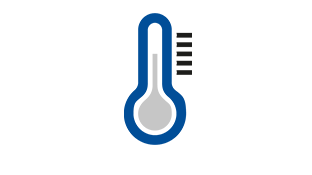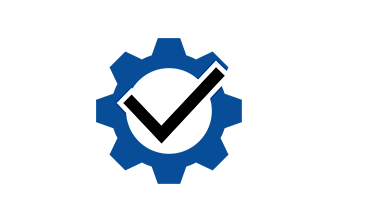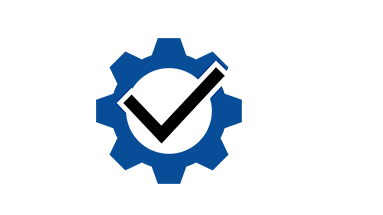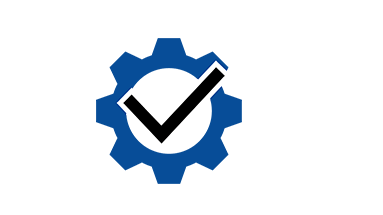Carbon capture and removal
Our wire mesh for climate protection
Carbon capture and removal refers to processes in which CO2 and other greenhouse gases are extracted from the atmosphere or directly at an emission source using a filtration system. According to the Intergovernmental Panel on Climate Change (IPCC), the use of carbon removal methods is essential to achieving net-zero CO2 emissions and limiting global warming. Our wire mesh products make a significant contribution here: as essential components in CO2 filtration systems, they play a crucial role in both carbon capture and carbon removal.
Carbon capture and removal – methods and role in climate protection
To mitigate the effects of climate change, the international community aims to limit global warming to a maximum of 1.5 °C. In addition to nature-based solutions such as reforestation and the fundamental decarbonisation of industries (i.e., avoiding fossil fuel emissions), the Intergovernmental Panel on Climate Change (IPCC) deems the use of Carbon Dioxide Removal (CDR) methods essential to achieving net-zero CO2 or greenhouse gas emissions.
Methods for the extraction of CO2 from the air can be achieved through various approaches:
- In Carbon Capture, CO2 is captured directly at the emission source (point source capture) and can subsequently be stored or utilised.
- To offset hard-to-avoid CO2 emissions (e.g., from agriculture, aviation, shipping, and industrial processes), Direct Air Capture (DAC) technologies are gaining importance. These systems extract CO2 directly from the atmosphere—at virtually any location.
Proven methods for filtering CO2 from the air involve directing an airstream through a sorbent material that binds CO2 through a chemical or physical absorption or adsorption process. In the subsequent desorption phase, the captured CO2 is separated from the sorbent—typically through the application of heat—allowing it to be reused as a raw material for various products, ranging from beverages to synthetic aviation fuels, or to be permanently stored (Direct Air Carbon Capture and Storage, DACCS).
Specialised wire mesh products and filter elements from Haver & Boecker make a significant contribution to the efficiency and reliability of these technologies.
Wire mesh for effective carbon capture and removal
Wire mesh products and filter elements from Haver & Boecker can be used in many different ways and effectively enhance the various carbon capture and CDR technologies. They enable precise positioning and optimum flow of various sorbents in the CO2 -laden air flow and simultaneously reliably protect them from impurities and dirt from the incoming outside air.
High durability of wire mesh
Thanks to their excellent material stability, temperature and corrosion resistance as well as their flexible mouldability and durability, wire mesh products and filter elements from Haver & Boecker are able to withstand even extreme process conditions of a CO2 filter system. Even under repeated fluctuations in temperature and the possible associated expansion of the sorbent, our wire mesh remains durable thanks to its greater elasticity. We achieve the adaptability of the material to a wide range of process steps by specifically strengthening the fabric in the warp weave, which makes it both shapeable and resistant.
Specific customisation to the application
Customer-specific requirements as regards the choice of material, wire thickness and mesh size or pore size, changing pressure and temperature levels in the sorption and desorption phase, specific shape and connection specifications for the required filter elements or simply particularly harsh climatic conditions at the plant location – nothing is overlooked during our customised product and solution development. By simulating the specific flow behaviour, we use a digital twin to determine the most suitable mesh configuration for the particular application.
Plastic edging for protection and stability
Plastic edging and grating often play a decisive role in the field of CO2 filtration: they are used as edge protection, seals, joining or assembly elements or for shaping and can be manufactured precisely according to individual process and customer requirements. As an additional supporting and reinforcing element, they can also make a significant contribution to the stability of the respective component and facilitate its processing. Thanks to precise modelling, even complex and large-format mesh components can be coated with plastic to prevent leaks and increase efficiency. Short cycle times allow economical series production, which achieves considerable cost reductions, in particular for large lots.
Innovative CO₂ filter for Direct Air Capture
In order to meet the highest standards of sustainability, quality and scalability, our experienced technicians and engineers in the research and development department are continuously developing our products further. Customised fabric developments are also possible thanks to our innovative strength. In existing customer applications, for example, a joint redesign of existing filter elements has made it possible to reduce the amount of stainless steel used by more than 40%. This reduced the carbon footprint resulting from the initial construction and operation of the system significantly, which in turn had a positive effect on the overall energy balance of this DAC plant location.




